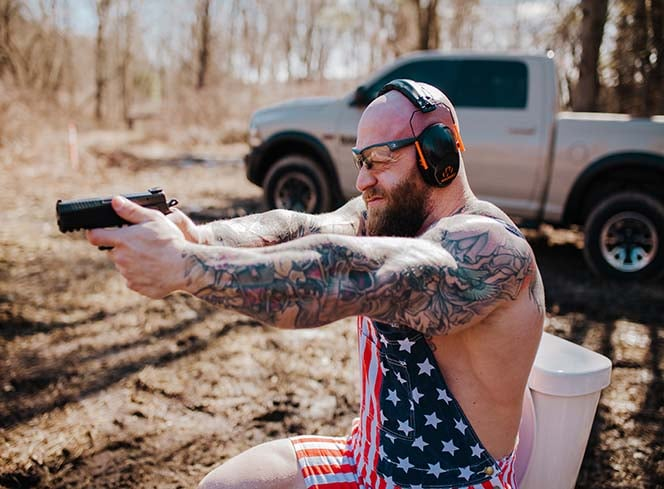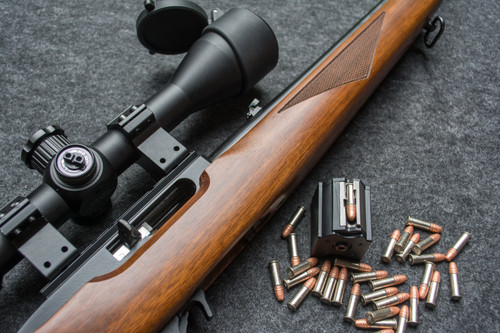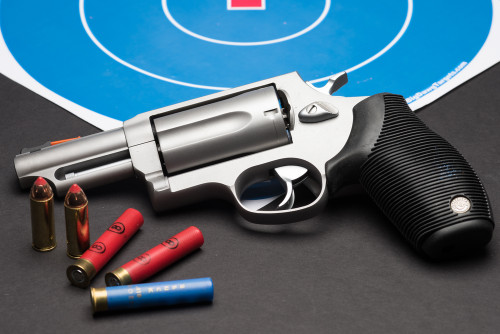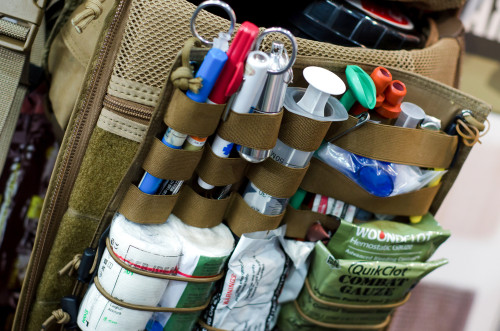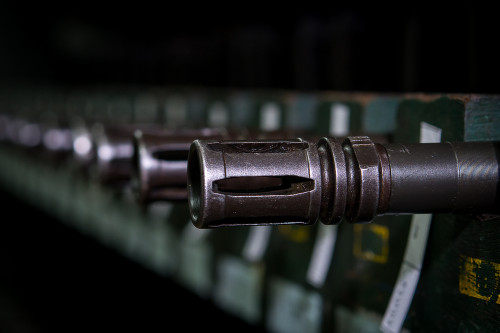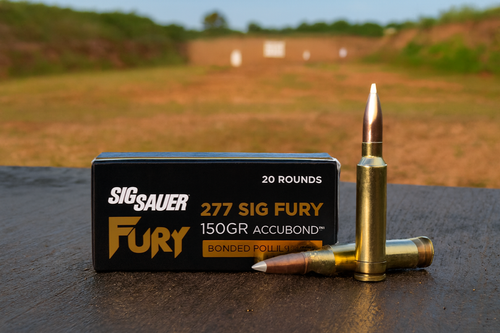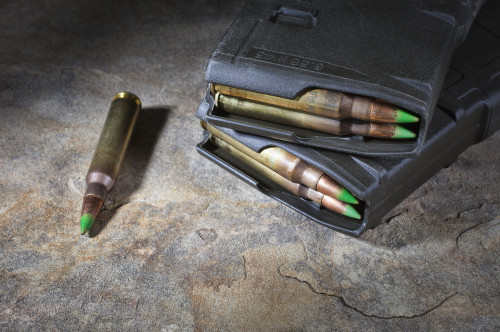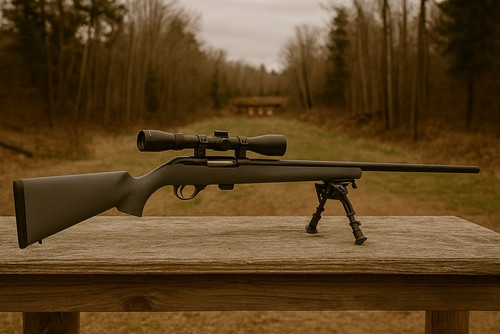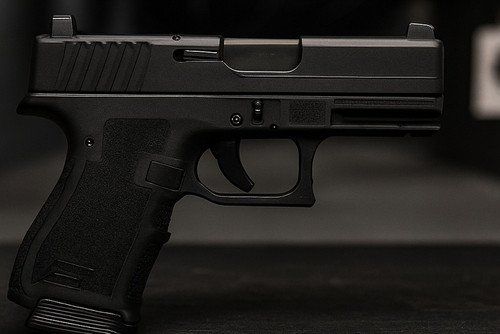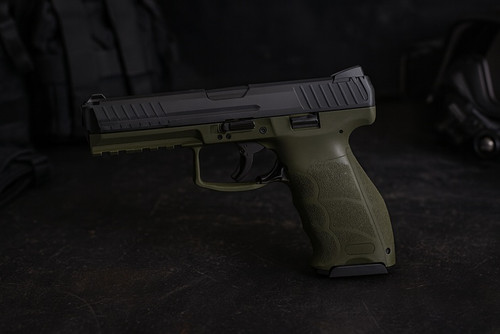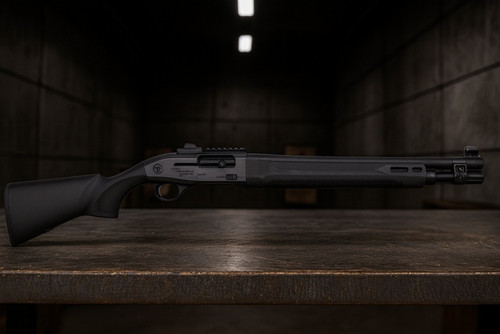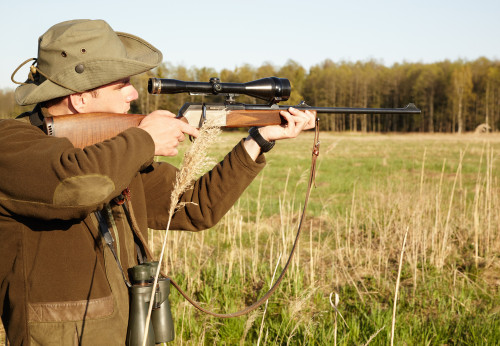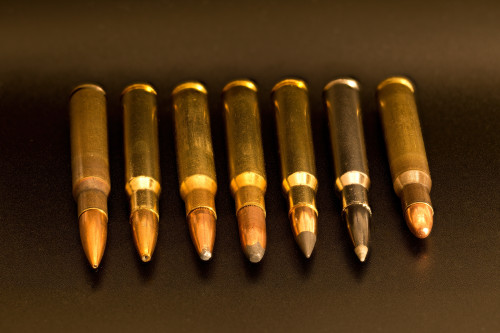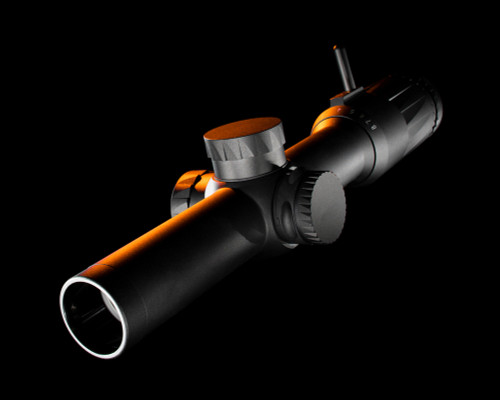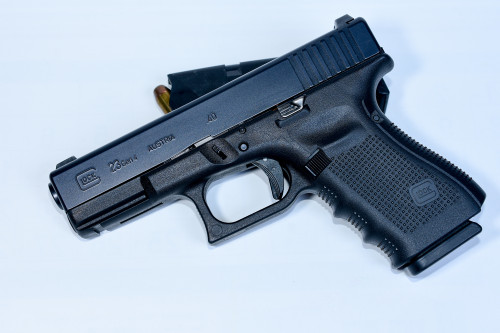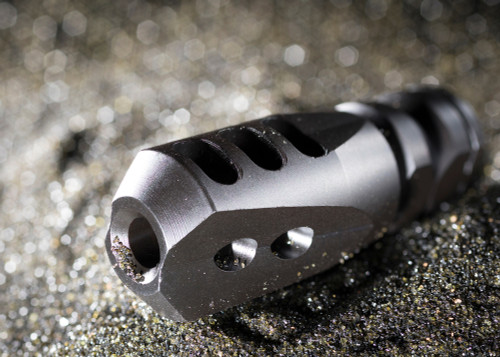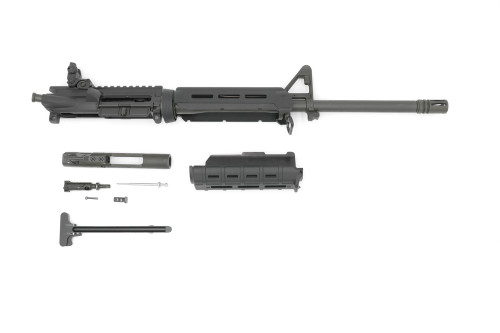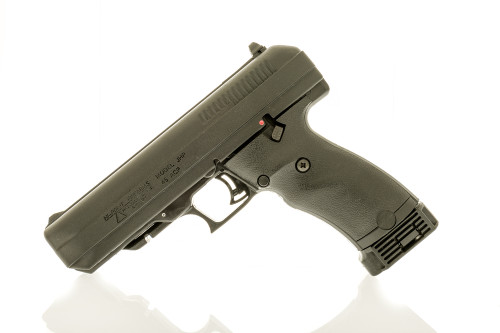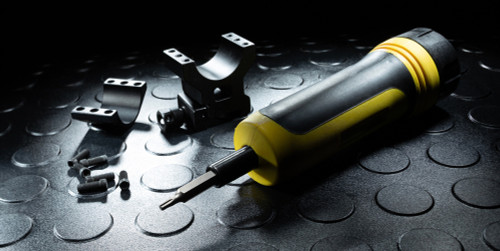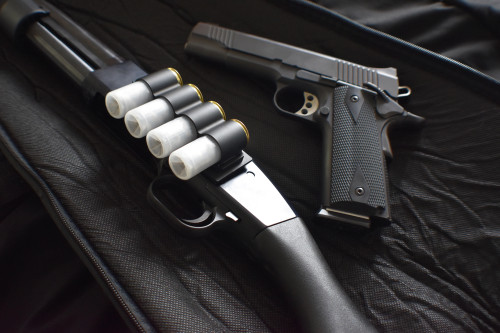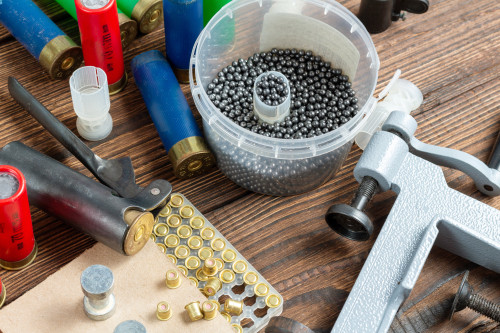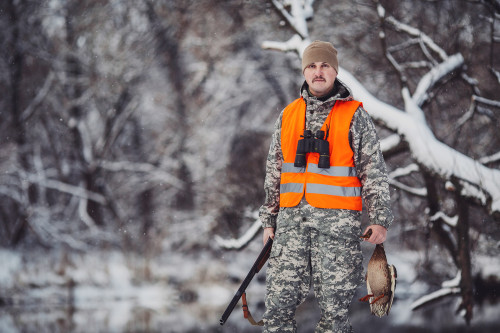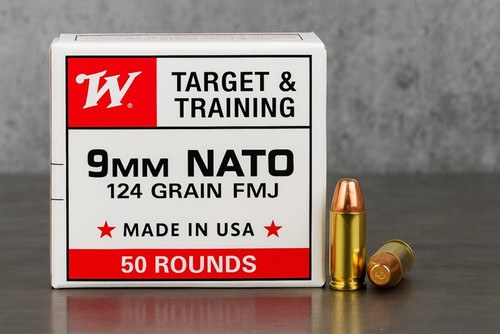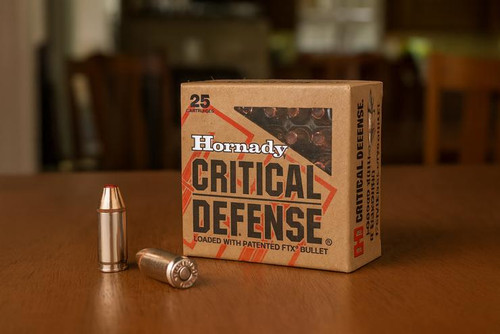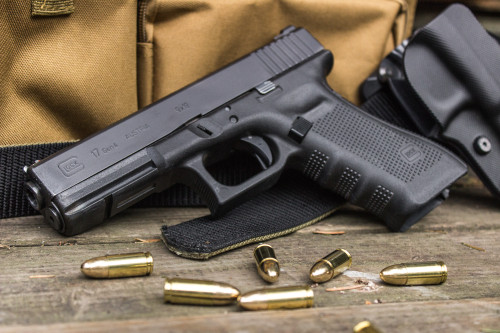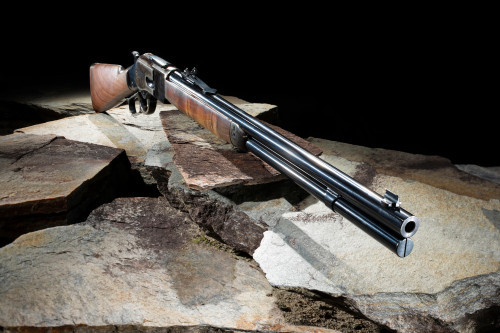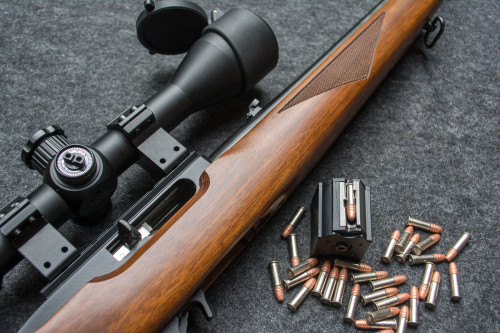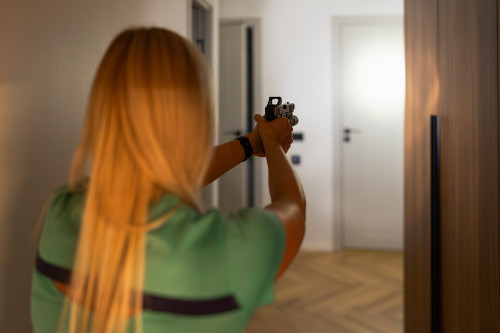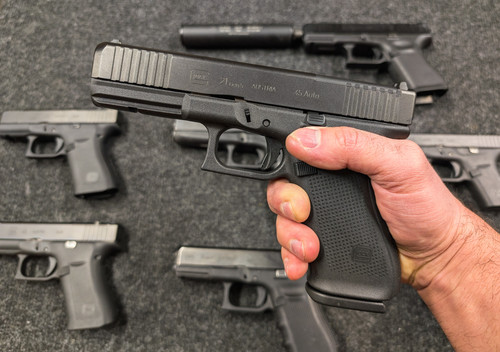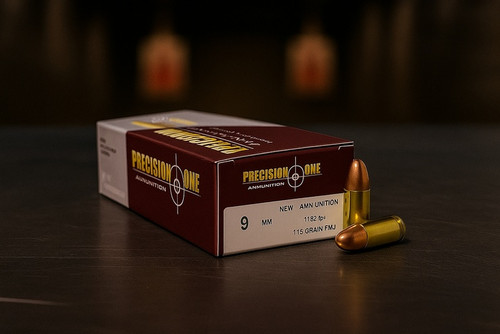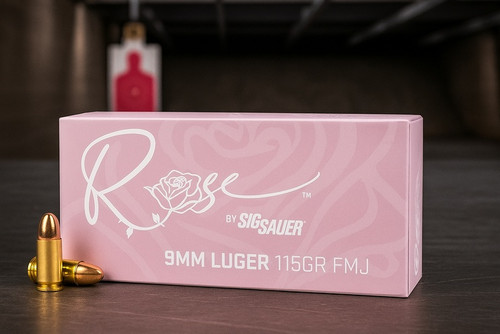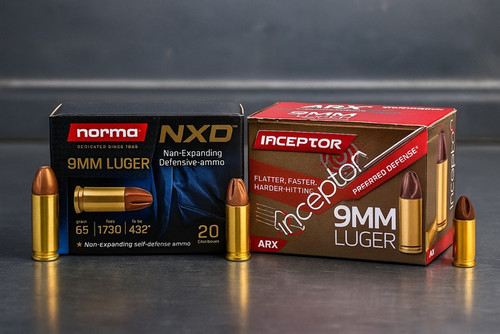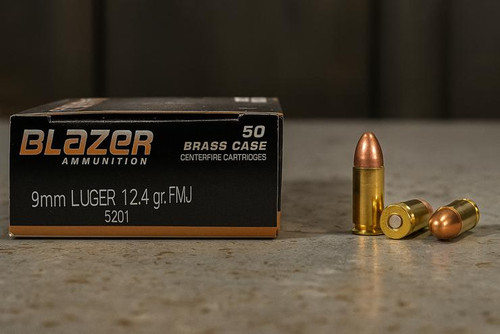Deer season wouldn’t be the same without the .30-30 Winchester and the .308 Winchester. Since their introduction, Americans have relied on both cartridges to take down medium-to-large game species, and while some may consider them “antique” calibers, both have become iconic among American hunters for good reason.
To the untrained eye, these two cartridges may appear very similar. However, they were designed at very different times in history for different purposes. Because of this, they are generally associated with different types of rifles, as well as different types of game. Wide variations in case dimensions and ballistics also make each type best suited for a different purpose:
- The .30-30 Winchester (aka .30-30 WCF) is often associated with lever action rifles and hunting medium-sized game species at relatively close ranges (such as in the dense forests of the eastern United States).
- The .308 Winchester is most often associated with bolt action rifles and hunting both medium and large game species at longer ranges. It’s ideally suited for more open terrain and thick underbrush.
With this in mind, let's take a closer look at two of the most popular American rifle cartridges and their innate differences.
The History of the .30-30 Winchester Cartridge
Introduced in 1895, the .30-30 Winchester Centerfire cartridge was specifically designed as a smokeless cartridge for the new Winchester model 1894 lever action rifle. The name designates 30 grains of early smokeless powder combined with a .30 caliber bullet. It was the perfect cartridge for the perfect rifle during that time.
Although the American West had been widely settled by 1895, many people in different professions out in the West needed to defend themselves against the area’s numerous threats on a regular basis. The lever action rifle was the perfect tool for the job due to its repeating action, which enabled shooters to fire numerous shots before reloading again.
Because of its popularity, the lever action rifle was chambered for many different calibers and cartridges (including both rifle and pistol cartridges). Before long, the .30-30 Winchester cartridge gained wide acceptance among shooters of the time for use in self defense and hunting — mostly due to its flat trajectory and lethality at ranges out to 200 yards. Over 125 years later, it still remains one of the most popular hunting rifle cartridges among American shooters.
The History of the .308 Winchester Cartridge
While not quite as old and venerable as the iconic .30-30, the .308 Winchester cartridge was introduced in 1952 (making it over 70 years old). Originally designed to replace the .30-06 Springfield cartridge, the .308 Winchester began life at the request of the U.S. Military.
The round was part of the T65 series of experimental cartridges developed by the Frankford Arsenal in Philadelphia, Pennsylvania. Frankford built the .308 using the case of the .30-06 Springfield and the very popular .300 Savage cartridge as the base. The original T65 cartridge had a slightly reduced powder capacity compared to the .300 Savage due to the slightly thicker case walls of the .30-06 Springfield. Thicker walls enabled higher chamber pressures and thus, increased muzzle velocity. Even so, later versions of the T65 case were lengthened a bit in order to provide a greater powder capacity, generating ballistic performance that was nearly equal to that of the .30-06 Springfield.
However, seeing a potential market among hunters, Winchester introduced the cartridge to the civilian market in 1952 as the .308 Winchester — just two years before it was officially adopted by the U.S. Military as the 7.62 x 51mm NATO cartridge. With this new release, Winchester also chambered their iconic Model 70 bolt action rifle for their new cartridge, along with their Model 88 lever action rifle and their Model 100 semi-automatic rifle.
Ultimately, the Model 70 proved to be Winchester’s most popular model. This is why the .308 Winchester cartridge has been widely associated with the bolt action rifle and the Model 70 in particular. Since then, the .308 Winchester has risen in popularity to become the single most popular short action hunting rifle cartridge worldwide.
.30-30 vs. 308 Winchester Specifications
To the untrained eye, the .30-30 and the .308 may appear similar. After all, they’re both center fire, tapered throat rifle cartridges loaded with .30 caliber bullets. However, they each have a different type of case and case dimensions that produce very different ballistics.
For instance, although the .30-30 Winchester has a slightly longer case length than the .308 Winchester, it also has a significantly smaller base and shoulder diameter. The .30-30 Winchester also has a significantly lower muzzle velocity than the .308 Winchester, and thus produces less muzzle energy and drops more at longer ranges than the .308 Winchester cartridge.
Here’s a side-by-side comparison of some other features:
| .30-30 Winchester | .308 Winchester |
|---|---|
| Parent Case: .38-55 Winchester | Parent Case: .300 Savage |
| Case Type: Rimmed | Case Type: Rimless |
| Bullet Diameter: 0.308 inches | Bullet Diameter: 0.308 inches |
| Base Diameter: 0.422 inches | Base Diameter: 0.4709 inches |
| Shoulder Diameter: 0.401 inches | Shoulder Diameter: 0.4539 inches |
| Neck Diameter: 0.330 inches | Neck Diameter: 0.3433 inches |
| Case Length: 2.039 inches | Case Length: 2.015 inches |
| Case Capacity: 0.3571 sq. in. | Case Capacity: 0.4985 sq. in. |
| Cartridge Length: 2.550 inches | Cartridge Length: 2.800 inches |
| Maximum Pressure: 42,000 psi | Maximum Pressure: 60,191 psi |
| .30-30 Winchester | .308 Winchester | ||||
|---|---|---|---|---|---|
| Bullet Weight | Velocity | Muz. Energy | Bullet Weight | Velocity | Muz. Energy |
| 110 gr. FP | 2,864 fps | 1,760 ft./lb. | 125 gr. Spitzer | 3,100 fps | 2,688 ft./lb. |
| 130 gr. FP | 2,496 fps | 1,799 ft./lb. | 150 gr. Nosler | 2,820 fps | 2,648 ft./lb. |
| 150 gr. FP | 2,390 fps | 1,903 ft./lb. | 168 gr. BTHP | 2,650 fps | 2,619 ft./lb. |
| 170 gr. FP | 2,227 fps | 1,873 ft./lb. | 175 gr. BTHP | 2,645 fps | 2,718 ft./lb. |
(Based on the Winchester Ballistics Calculator for Power Point bullets)
| .30-30 Winchester 100 yd. Zero | .308 Winchester 100 yd. Zero | ||||
|---|---|---|---|---|---|
| Bullet wt./type | Velocity | Drop at 200 yds. | Bullet wt./type | Velocity | Drop at 200 yds. |
| 150 gr. RNSP | 2,390 fps | -7.1 inches | 150 gr. RNSP | 2,820 fps | -4.0 inches |
| 170 gr. RNSP | 2,200 fps | -8.4 inches | 180 gr. RNSP | 2,177 fps | -4.6 inches |
Pros and Cons of the .30-30 vs. .308 Winchester
For the most part, there’s a clear logic behind why people prefer one of these rounds over the other. The choice has a lot to do with the rifle each round was designed for.
The main advantage of the .30-30 Winchester is that it was specifically designed for use in lever action rifles. This means it’s best suited for hunting at shorter ranges. However, the main advantage of the .308 Winchester is that it was designed for military use in semi-automatic and bolt action rifles, which makes it best suited for hunting at longer ranges.
The .30-30 Winchester is most popular among eastern U.S. hunters who hunt species like whitetail deer, feral hogs, and black bears. On the other hand, the .308 Winchester is most popular among hunters from the west who hunt species like antelope, black-tail deer, mule deer, mountain goats, Dall sheep, black bears, brown bears, elk, and moose.
Lever Action vs. Bolt Action
- Lever Action: Lever action rifles (best used with .30-30) are generally shorter overall, allowing for quicker handling than bolt action rifles. Lever actions provide faster follow-up shots and higher magazine capacities than bolt actions. All of these qualities make lever action rifles better suited for hunting small game species, particularly at closer ranges in dense forests.
- Bolt Action: Bolt action rifles (best used with .308) are generally more accurate than lever action rifles. This makes them better suited for hunting medium to large game species at longer ranges in more open terrain (where quick handling and quick follow-up shots aren’t as necessary).
.30-30 Winchester Pros and Cons
With that in mind, there are certainly clear differences in performance between the two rounds themselves. For instance, the .30-30 produces less felt recoil than the .308, while the .308 has a significantly higher muzzle velocity (and thus significantly more felt recoil) than the .30-30.
| .30-30 Pros | .30-30 Cons |
|---|---|
| Quicker handling | Lower muzzle velocity |
| Less felt recoil | Lower kinetic energy |
| Faster follow-up shots | Lower ballistic coefficient |
| Higher ammunition capacity | Less flat trajectory |
.308 Winchester Pros and Cons
That said, the .308 Winchester cartridge also has a significantly flatter trajectory than the .30-30 and delivers more kinetic energy to the target, making it more lethal at longer ranges.
| Pros | Cons |
|---|---|
| Higher muzzle velocity | Slower handling |
| Higher kinetic energy | More felt recoil |
| Higher ballistic coefficient | Slower follow-up shots |
| Flatter trajectory | Lower ammunition capacity |
A Note On Modern Ammunition Designs
Ammunition manufacturers are constantly innovating and improving on bullet designs of years past. With the introduction of soft ballistic tip bullets like Hornaday's LEVERevolution and Nosler's Ballistic Tip ammunition, manufactures are now able to load .30-30 ammunition with pointed ballistic tip Spitzer bullets at much higher muzzle velocities than with they could with flat nose or round nose soft point bullets.
While these ammo products aren’t the standard loads, this increased muzzle velocity (and the much higher ballistic coefficient of the Spitzer bullets) allows some .30-30 Winchester loads to nearly match the performance of the .308 Winchester.
Final Thoughts
For every rule, there is an exception. Some Western U.S. hunters prefer lever action rifles over bolt action for the same advantages that they provide to Eastern U.S. hunters — and vice versa. The choice between the .30-30 Winchester and the .308 Winchester cartridge is as much a matter of preference as it is performance.
With that in mind, proper bullet design and proper shot placement are far more important factors than the amount of kinetic energy a bullet delivers to the target. In fact, many large game animals have been killed using very small calibers and cartridges. As a hunter, it’s wise to become familiar with the internal anatomy of any animal you’re hunting and choose a bullet design that will do the job right.
Choosing between the .30-30 and the .308 is just as much about choosing a rifle as it is about ballistics and terminal performance. Hunting rifles are like golf clubs — each one is designed for a specific purpose, and the best solution is to have one of each.
No matter what kind of firearm you have, Pro Armory has you covered. Whether you're a hunter, a competitive shooter, or a civilian arming up for self-defense, we've got great deals on a variety of ammunition types — all in stock and ready to ship to you for the lowest shipping rates possible.
Start buying your ammo from a company that gives a sh*t about you. Browse Pro Armory’s selection of both .30-30 Winchester and .308 Winchester cartridges to find the perfect round for your needs.




